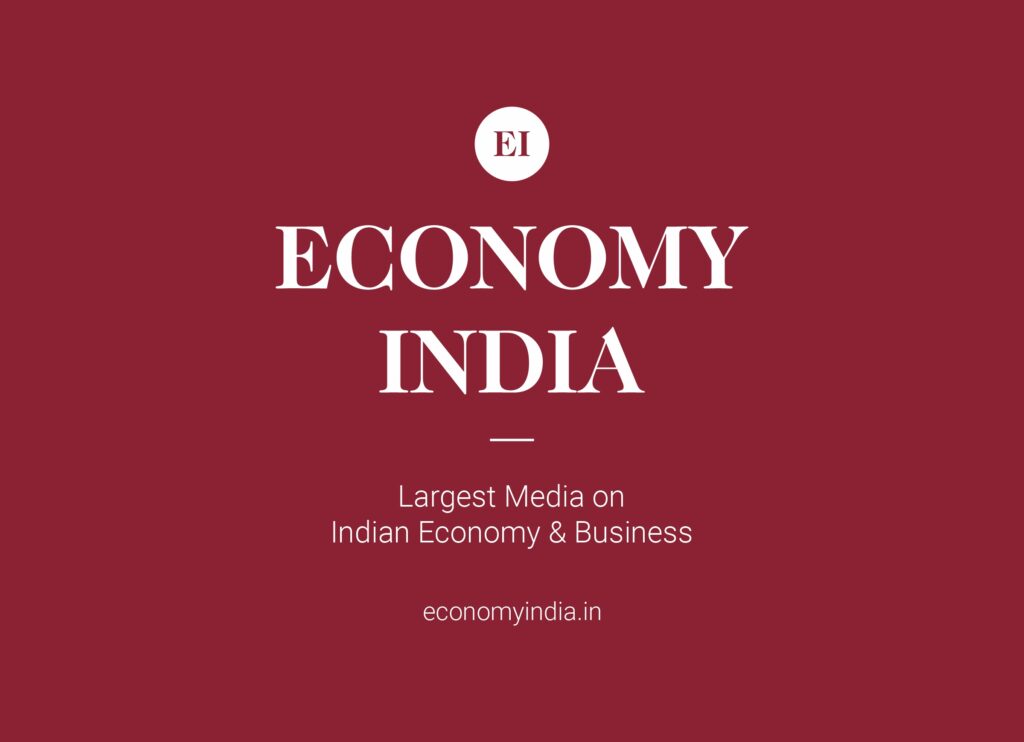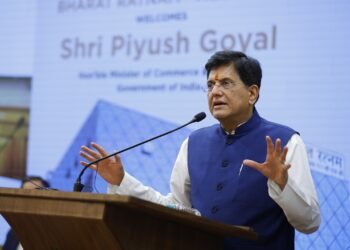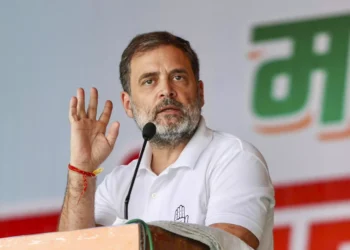By Lokesh Agrawal
Two killed as 50 tonnes of waste hurtles down Ghazipur landfill in 2017 or parts of Bhalswa landfill collapses after rain in 2020, injuring 3 waste pickers. Or the regular fire breakout and blasts news, that regularly flows across news channels. What are these landfills and why such threats are placed within city territories? Often joked upon as man-made hills within cities, these landfills are dump yards for the waste kept for many years and so are called the ‘Heritage or Legacy Wastes’.
India generates 62 million tonnes of waste each year. About 43 million tonnes (70%) are collected of which about 12 million tonnes are treated and 31 million tonnes are dumped in landfill sites. Since, on an average, India recycles only 20-25% of the waste generated, the remaining waste remains untreated. They are getting dumped on these landfills, mismanaged for years and creating physical, environmental threats for civilization around it.
Four Major Categories
Not just usual household waste, but usually classified into 4 major categories viz- Contained and stored wastes (wastes stored in tanks, canisters, and stainless steel bins etc), Buried waste, Contaminated soil & groundwater, Contaminated building materials and structures waste, these legacy wastes pose various environmental threats. Legacy wastes not only occupy large space, but also become a breeding ground for pathogens, flies, malodors, and generation of leachate, which may lead to water contamination. They also contribute to the generation of greenhouse gases and pose a risk of an uncontrollable fire. So a foolproof Waste Management plan is needed to curb the anticipated threat.
The planning commission of India suggests two effective ways for legacy waste management and reclaim landfills. The first is through scientific capping, but it is constrained to landfills, which are scientifically established, engineered and managed. The second effective way is through Bio-mining, which is a technology-enabled resource for segregating and recycling components that generate revenue. Performing bio mining of dumpsites is often aided by a process called bioremediation of organic waste that is done by adding a natural inoculum to the landfill.
Legacy Waste Dumpsite
Also, the polymeric wastes obtained from dumpsites can potentially be utilized as manufacturing refuse-derived fuel (RDF), which can be used as an energy resource. Another significant fraction obtained from the dumpsites is the fine fraction, which can be used for several construction and geotechnical applications such as soil cover in scientific landfills.
An integrated waste management facility with adequate capacity to collect, transport, dispose, up cycle or re-cycle day to day waste can turn the game around and make the dumping yard into cash units for the Indian Economy.
It is observed that legacy waste dumpsite, when subjected to a scientific waste management process, can create a sustainable business model (SBM). Basically, the more segregated the waste would be as per its physical & chemical properties, more effective and profiting the waste management shall be.
Plastic Waste
Apart from managing the waste, there is a brilliant concept to reduce the content from becoming a legacy waste, through the EPR. Extended Producer Responsibility (EPR) is a policy approach for plastic waste–which would make a manufacturer responsible for managing plastic waste after a consumer has used their product–are unlikely to meet their objective.
Environmental Policy
Passing responsibility to producers as polluters is not only a matter of environmental policy but also the most effective means of achieving higher environmental standards in product design How ever, it can be a challenge for all stakeholders to embrace these strategies in real life situations due to a number of economic and legal conditions.
Green Businesses
The Ministry of Environment, Forest and Climate Change, the NGT etc are making many efforts to reduce uncertainty and unexpected situations that can arise and affect so-called ‘green businesses’. There is a clear and urgent need for collaboration between academia, industries, and policymakers in order to develop a sustainable business model for legacy waste management based on the principles of the circular economy.
Author
Lokesh Agrawal, Co-Founder, Wastech.
(Economy India)











